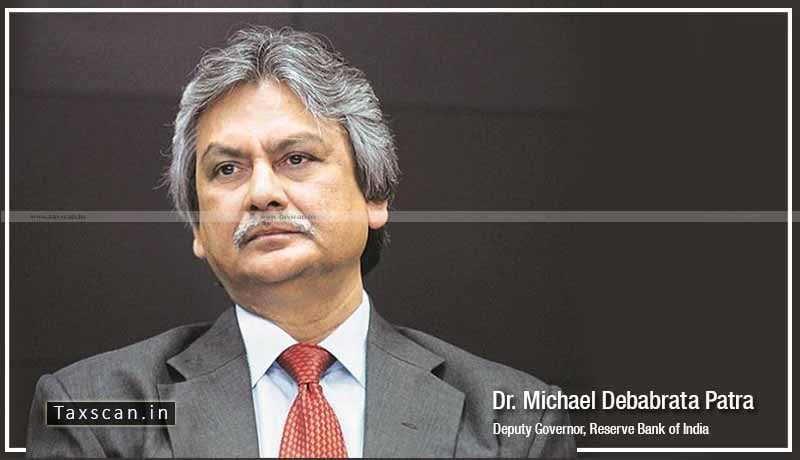In a recent deliberation, Reserve Bank of India (RBI) Deputy Governor Michael Debabrata Patra indicated that money is flying to ‘safe haven’ from banking channel. What is this ‘safe haven’? Where is it located? Why is RBI not acting against those putting money into ‘safe haven’? Let us try to understand.
In terms of risk-return matrix, bank deposits are the worst. The best deposit schemes like Amrit Vrishti of SBI and Monsoon Dhamaka of Bank of Baroda are far behind financial market returns. In terms of safety, a bank account is insured for just Rs 5 lakh. This is just one fifth of the amount given by NSE in case of a stock broker’s failure. Therefore, diversion of money into ‘safe haven’ is quite natural. And the problem with RBI is that it can’t act against ‘safe haven’.
The ‘safe haven’: The ‘safe haven’ described by RBI Dy Governor is RBI’s own creation. It’s not located in Bermuda or Cyprus but in RBI’s own digital arsenal. It is called Central Bank Digital Currency (CBDC) or Digital Rupee.
Why is CBDC a ‘safe haven’? Because it is a legal tender. Suppose your current account has Rs 1000 crore and your bank fails. How much will you get? Just Rs 5 lakh and that too after much delay and diagnostics. In case of CBDC, you will get full Rs 100 Crore and no questions.
Most of the corporates have put their money into CBDC wallet and transfer into bank account as per their need. Safety First!
The CBDC wallets are easy to use. If your friends have CBDC wallet, you can transfer them money without knowledge and intervention of banks. If a corporate has thousands of vendors and all are having CBDC wallet, the corporate can make them payment 365 days a year. Bank holidays have no meaning for CBDC.
CBDC or Digital Rupee is not a crypto currency. Crypto currency like bitcoin is not a legal tender. Digital Rupee is a legal tender. It’s like a currency note stored in digital form in your wallet.
Download a CBDC wallet today, the RBI one. Start playing safe and enjoy the ease of doing business without bankers’ interference.



